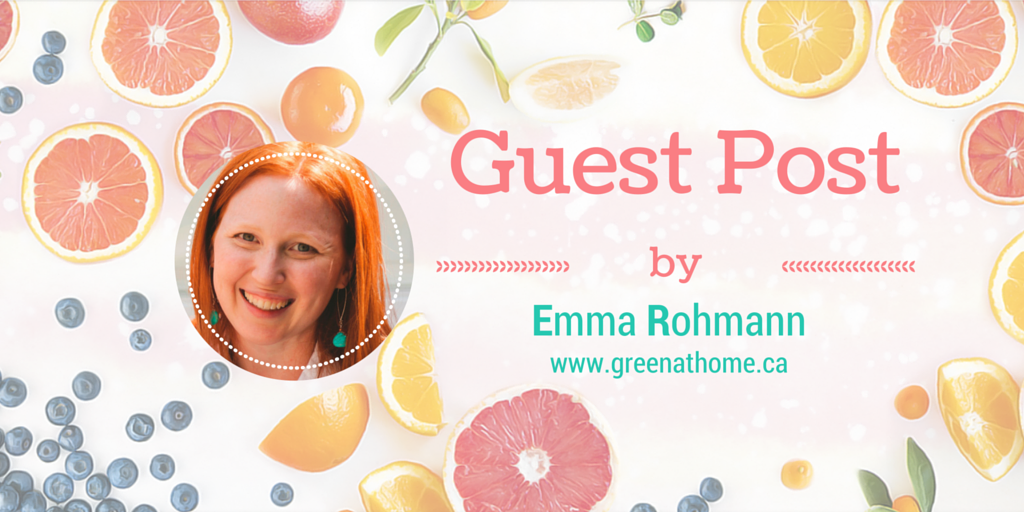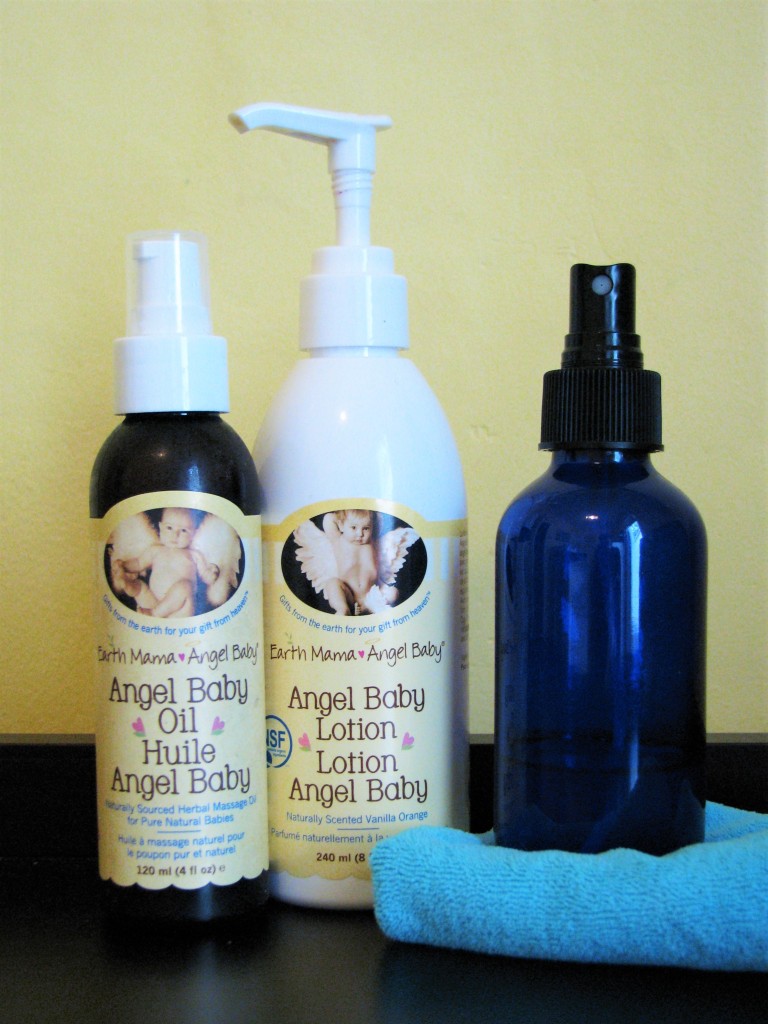“Organic”. “Natural”. “Non-toxic”.” Naturally-derived ingredients”.
When you are looking for natural baby care products, there is enough marketing lingo to make your head spin.
Unfortunately, this marketing terminology is unregulated.
Therefore, it can be hard to determine whether these statements are true or part of a greenwashing campaign – unless you know how to read ingredient lists. But between chemical names and scientific names of botanicals, it can be quite daunting when you start paying attention to labels. To help get you started, here are some tips on what to look for in common baby care products.
Before I dive in, I want to add this sanity check that I think is missing from most resources out there: While there are chemicals in baby care products that are potentially harmful, concentrations are very small and it is unlikely that any one product will contribute to serious health problems (barring any allergies, of course). However, our little ones are exposed to numerous chemicals on a daily basis, and the interactions between these chemicals are not well-studied. Also, new chemicals are being introduced to the market so quickly that we don’t yet know what the cumulative health impacts are over the long-term.
I think it’s important to be aware of this, and what ingredients are in baby care products. But, if you find out that the products you’re already using are less than ideal, I don’t want you to panic or feel guilt (seriously, what parent needs another reason to feel guilty?). Instead, I’m hoping you feel empowered to either make a change, or know that you are comfortable with the products you are already using.
So let’s look at common baby care products, and how you can choose more natural & healthier options.
Diapers
Cloth diapering (and using green laundry detergent) is the way to go to reduce the number of chemicals that come in contact with baby’s skin. If disposables are more your speed, it’s important to know that conventional brand name diapers include fragrance and lotions, but unlike cosmetics are not required to disclose their specific ingredients. These substances in conventional cosmetics often contain chemicals which are known or suspected carcinogens, hormone disruptors, and/or allergens.
In addition, there is no 3rd party oversight of the industry in Canada – diaper manufacturers are responsible for self-verifying that they meet health and safety standards. While there are likely only trace amounts of chemicals, if any, in disposable diapers, consider that a non-cloth diapered babies are in them all day, every day for 2-3+ years. To reduce exposure to potentially harmful chemicals, consider using a diaper free from the following ingredients:
- Chlorine (may contain the by-product dioxin, which is a highly persistent toxin)
- Fragrances (likely to contain phthalates, among other toxins)
- Dyes (may be irritants, especially around waste-band and cuffs)
Here’s a comparison of brands with eco-friendly claims (I personally like how Naty and Seventh Generation perform).
Wipes
An Environmental Working Group report found that baby wipes are among the top 20 personal care products that are contaminated with carcinogenic impurities. These impurities won’t be found on ingredient labels, will be small in concentration, and are not necessarily absorbed through the skin, but they are there. Many conventional wipe brands also contain fragrances and questionable preservatives. The list of chemicals to avoid in wipes is long, so I recommend checking out how products fare on Think Dirty app or EWG’s Skin Deep database (either search for a specific brand, or just type in “wipes”).
You can also use cloth wipes, either bought or made from rags, and make your own wipe solution. For disposables, I like Kinder by Nature (Jackson Reese) and Eco Pea Co. Baby Bamboo wipes.
Diaper cream
Conventional products may contain petrolatum (a petroleum-based ingredient that may be contaminated with carcinogens, not to mention the other environmental factors associated with the petroleum industry), potential skin irritants, and harsh preservatives. If you have an iPhone/iPad, I recommend the Think Dirty app to find products with less harmful ingredients as it has more diaper cream products than Skin Deep, and is more applicable to Canada.
Badger is widely available and seems to do the trick, but there are several others with similarly soothing ingredients.
Lotions, Soaps and Shampoos
Most conventional products contain ingredients that are allergens, hormone disruptors, and/or potential carcinogens (or can react to form carcinogens) – even in products labelled natural, hypo-allergenic, sensitive skin, organic, etc. These include parabens, phthalates, ethanol amines (DEA, TEA, MEA), fragrance/parfum, quaternium-15, PEG, and sodium laureth sulfate. Unfortunately, most products sold at conventional drugstores contain these ingredients, so you’re better to shop at retailers that have strict ingredient requirements (or make your own if you’re so inclined).
So now what?
We can’t control everything our kids will eat or put on their bodies, but we can control what we give them, and I believe we deserve to know what’s in those products so we can make informed choices. To help avoid label-reading burnout, try starting with products your little ones use every day and gradually expand from there. And remember, don’t let this stress you out – there are some scary-sounding ingredients on the market, but try to keep some perspective. A few more days of using a product you’ve decided isn’t for you or your baby while you look for an alternative isn’t going to do any harm.
 Emma is a mom of two young children, an environmental engineer, and a proud resident of East Toronto. She loves learning and talking about green and healthy living, and founded her company Green at Home to help other families make their homes healthier – for themselves and the planet. She offers personalized consulting, specializing in energy and water conservation, waste reduction, personal care and household cleaning products, and food. Her focus is always on providing fact-based, non-biased, practical information and solutions. Emma is also a volunteer with the David Suzuki Foundation as a Queen of Green Coach.
Emma is a mom of two young children, an environmental engineer, and a proud resident of East Toronto. She loves learning and talking about green and healthy living, and founded her company Green at Home to help other families make their homes healthier – for themselves and the planet. She offers personalized consulting, specializing in energy and water conservation, waste reduction, personal care and household cleaning products, and food. Her focus is always on providing fact-based, non-biased, practical information and solutions. Emma is also a volunteer with the David Suzuki Foundation as a Queen of Green Coach.
For more information, including tip sheets and Emma’s green living blog, visit www.greenathome.ca. You can contact her if you have any questions or check out her Instagram page !








